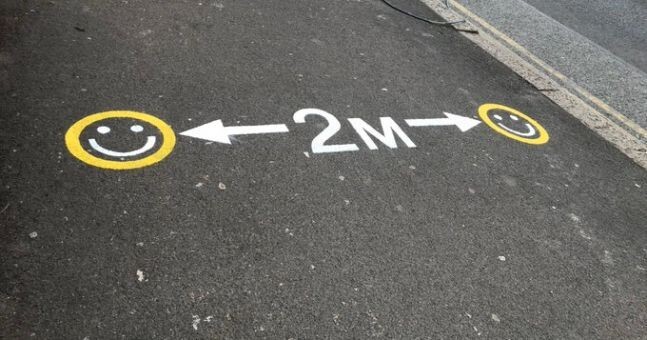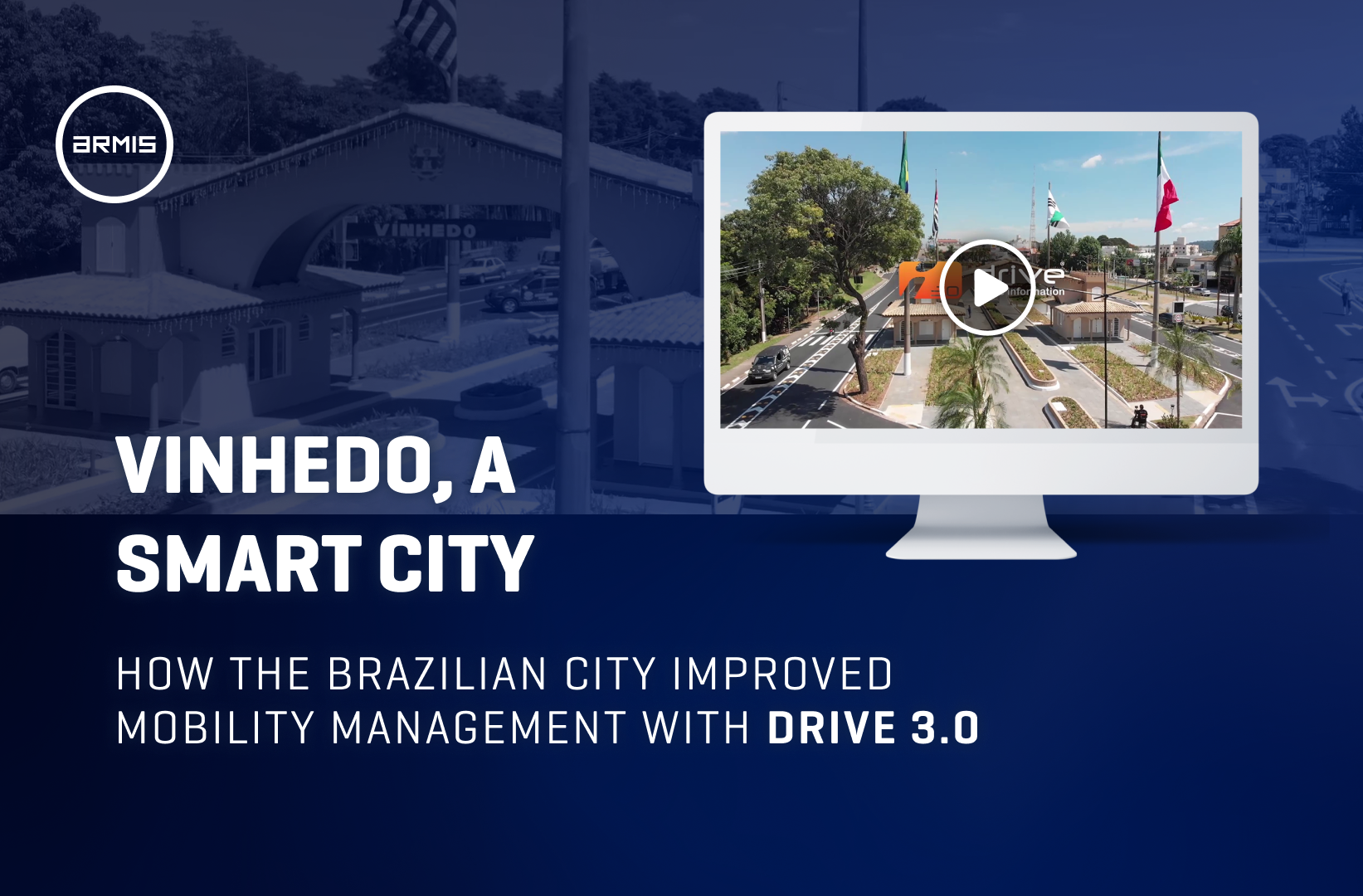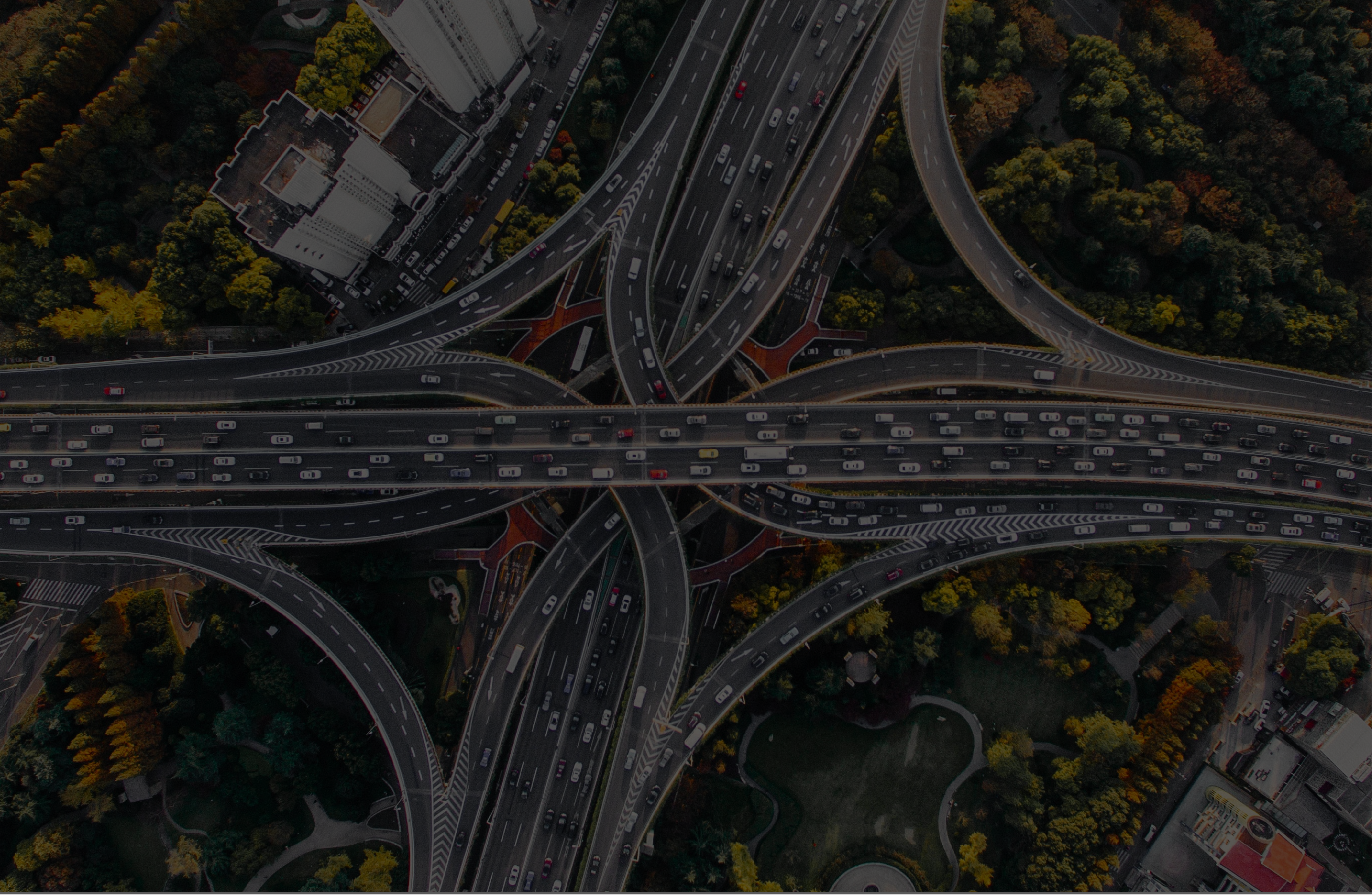
Mobility 2.0 meters
 blog
blog
The introduction of a new and unknown dimension of analysis in the business models of mobility and transport - social distance - has been put into practice following the recommendations of the WHO and the General Directions of Health.
The introduction of a new and unknown dimension of analysis in the business models of mobility and transport - social distancing - has been put into practice following the recommendations of the WHO and the General Directions of Health that take into account factors that have to do with the conditions of propagation, or the need to contain the spread of contagion, without, however, taking into account the assumptions of the business model in which the context of the application is primarily inserted.
Without questioning the goodness and necessity of the recommendations of the public health authorities, it is important that the various sectors adapt and understand how they can continue the business. That is why, at this point in time, talking about recovery or sustainability involves resilience - the new buzzword - and why?
Because it is enough to look at one of the measures proposed by the European Commission in the package published on May 13 - "increasing and adapting the operational frequency, as well as readjusting the lines, in order to allow a minimum safety distance in case of an increase in the number of passengers and in order to better serve certain destinations (for example, when demand is particularly high)" to realize that this means rewriting from scratch the transport service provision contract to which the operator is bound, whether in terms of service coverage or compliance with the various contracted SLAs.
The implementation of these recommendations adds to operational costs, given the periodic need for disinfection of vehicles and facilities, the eventual cabin-keeping of drivers, the control of passenger access, the virtualization of ticketing.
And all this, while demand remains abnormally low, even after the mandatory confinement is over.
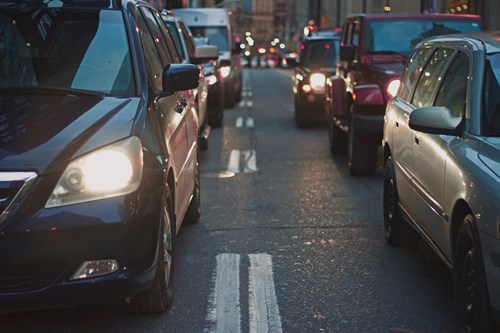
The latest data for AML shows a 70% drop in demand compared to the same period last year, pre-covid. Meanwhile, traffic on the freeways is growing at a rate of 10% per week and is currently at 80% of the same period.
This is without the overwhelming majority of schools being open, and with much of the tertiary sector telecommuting, which means that after the summer we will see increasing pressure from individual transport, even with the economy running at "half speed".
Reflecting on the way routes and stops are planned, in a fixed way, one realizes that current management models have to adapt, I would even say in real time, to cope with the volatility of demand and to minimize operational waste from empty runs, so that transportation services can survive and continue to operate.
All shopping malls, soccer stadiums, congress centers, tourist sites, which until now were seen as demand-generating poles, have bus stops and often Metro stops associated with them. But where is the demand today? And when will it return to the desired values?
This means that the adaptability of the system cannot be dependent on rigid models that are based on traditional origin-destination matrix configurations, because the assumptions of these models have been profoundly changed by reality.
Even if it were possible to reconvert these models and introduce a whole new set of variables that social remoteness implies, where is the data to feed them?
The decision support for fleet management, routes, and route frequency will have to be based on other forms of business intelligence that are much more agile and effective.
Without advocating the total conversion of regular transport into on-demand transport, common sense and some open-mindedness would allow us to consider alternative scenarios and promote pilots, taking into account the flexibility of service, routes and schedules so that the sector can think about reformulating its own business models and logic, in a much more flexible, adaptable and resilient to change, which reinforces the need to invest in digital transformation.
The focus on improving the supply of public transport, support for micro-mobility, whether shared or not, intelligent parking management as a way to manage traffic and the promotion of multimodality should be priorities to preserve for a transition that we want to be sustainable and "green".
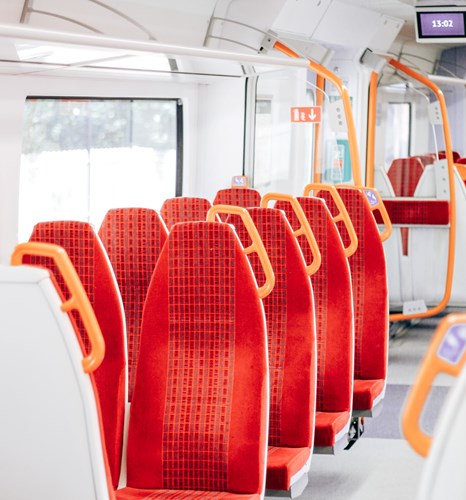
Public space, being the scarcest resource in the city, must be given back to the pedestrian, to shared public transportation and to soft modes.
Mobility 2.0... meters - digital and socially detached - can be seen as that great opportunity to restructure the physical space, making its use more flexible, while enhancing its more efficient and intelligent use supported by the digital component.
If a city wants to close part of its streets at 5pm to make room for people and bicycles to circulate safely home, or to make more space for esplanades and pop-up street commerce events, this should be possible without dramatically compromising the performance of other mobility systems in the vicinity, as long as information flows in advance and can be integrated into multimodal journey planners and real-time navigation systems.
This flexibility of the use of physical infrastructure and the adaptability of transportation systems means resilience.
Talk to us!
Pedro Barradas | Chief Strategy Officer ARMIS ITS
Share this article:
Prepare your company and your employees for the future. Contact us!
